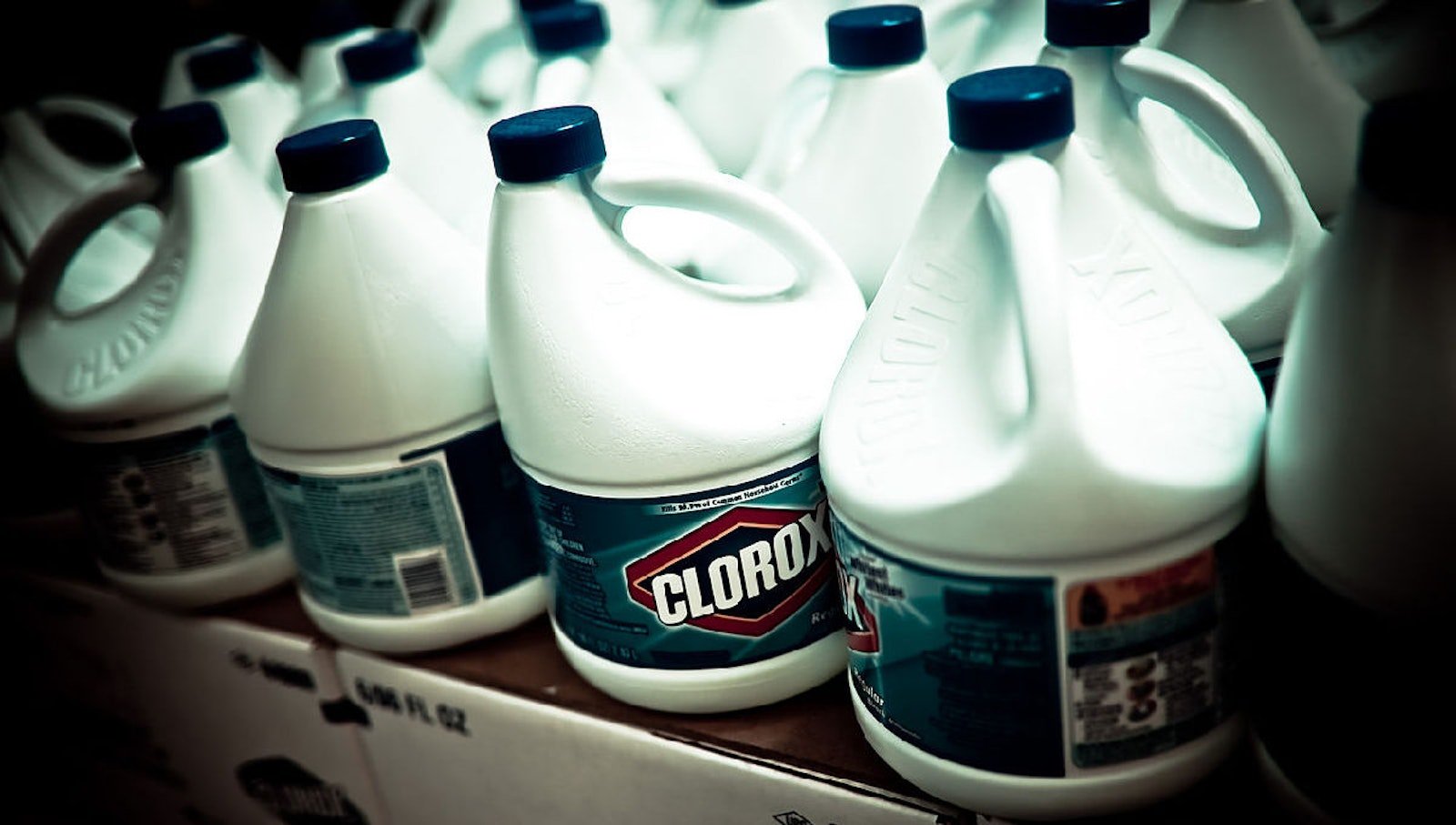I recently had the distinct misfortune of having my dog sprayed by a skunk and getting that stink on my favorite afghan. Rather than going straight for the tomato juice, I did some quick research and found that what I needed was oxygen. Oxygen molecules change the chemical makeup of the odor molecules to create a completely different smell. I also learned that the various bleaches we might use on fabrics work the same way.
When most folks think of bleach, they probably think of a white jug of chlorine bleach, but I’m referring to a variety of different chemicals that whiten other substances. This means chlorine bleach, hydrogen peroxide, citric acid, and non-chlorine, brand-name bleaches such as OxiClean, the latter of which contains multiple chemicals, including hydrogen peroxide. What these chemicals have in common are oxygen molecules.
Lemon juice has been used for centuries to whiten and lighten clothes and even hair. It works because lemons contain high amounts of citric acid. Photo by Laurn Mancke On Unsplash
Before we get into how bleaches work, it’s important to understand colors. Colors are caused by chemicals known as chromophores. Different chromophores reflect specific portions of light on the visible spectrum to create the colors we see. There are also chromophores that only reflect light outside our visible spectrum, which is what creates the color white. So our blue cones of yarn contain chromophores that reflect blue light.
When you bleach a stained shirt, the oxygen molecules in your bleach break up the molecules in the stain’s chromophores. These molecules then change the chemical make up of the chromophores so they either no longer reflect light or reflect light outside our visible spectrum. In other words, bleach doesn't actually “get rid of" color, it’s changing color to make it invisible to the human eye. Whether you're using bleach on stains, to acid wash your jeans, or use it with a resist to create designs on fabric, bleaches all work in this same way.
If you’re wondering how sunlight factors into all of this—after all, sunlight is notorious for bleaching hair and textiles alike—it’s a similar process. Ultraviolet (UV) rays emitted by the sun cause a process known as photo-oxidation. When this happens, the UV rays break down the chromophores. This allows oxygen molecules to wriggle in causing the chromophores to no longer reflect light in the same way which we, in turn, see as fading. Naturally dyed textiles are especially vulnerable to photo-oxidation which is why it's important to display and store them properly.
So, whether you go for the jug of Clorox or opt to leave your whites in the sun, the basics of the chemical process are the same: Oxygen breaks up chromophores to reflect a different color—or none at all.
Happy Weaving! Christina


